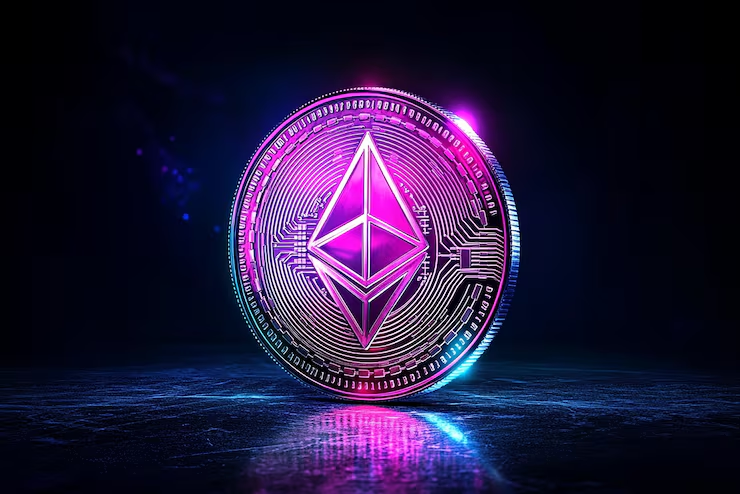In a landmark move for the cryptocurrency sector, IQ and Frax have launched KRWQ, a stablecoin tied to the South Korean won. Hosted on Coinbase’s Ethereum Layer-2 Base network, KRWQ is now traded on the Aerodrome platform under the KRWQ/USDC trading pair. This marks the first Korean won-denominated stablecoin in the marketplace, potentially signaling a new era for increases in global usage of stablecoins linked to national currencies.
What Infrastructure Supports KRWQ’s Multi-Blockchain Capability?
To support seamless operation across multiple blockchains, IQ and Frax have integrated LayerZero’s Omnichain Fungible Token (OFT) standard and the Stargate bridge into KRWQ. This multi-chain capability ensures that KRWQ can traverse several blockchain networks. IQ’s Chief Brain, Navin Vethanayagam, underscored the necessity of alternatives to the US dollar-backed stablecoins, noting that KRWQ addresses an essential gap in the market.
How Does Regulatory Compliance Impact KRWQ’s Usage in South Korea?
KRWQ benefits from Frax’s frxUSD stablecoin regulatory compliance framework, designed to simplify institutional buy-in and boost transparency in compliance matters. Although KRWQ aims to be the first entirely compliant won-linked stablecoin in light of expected new laws in South Korea, its marketing and availability within the country remain restricted. Only approved entities such as exchanges and institutional partners can currently engage in coin issuance and redemption.
Last month, an initiative by BDACS to create a prototype won stablecoin named KRW1 on the Avalanche network was shelved due to unclear regulatory conditions. This highlights the ongoing challenges faced by stablecoin projects awaiting definitive legal frameworks.
South Korea, under the leadership of President Lee Jae Myung, is poised to expand its footprint in the stablecoin industry to enhance monetary self-sufficiency in digital financial ecosystems. The Bank of Korea proposes limiting stablecoin issuance to licensed banks, but private entities argue for more diverse competition.
“KRWQ fills a critical market void by offering a locally-pegged alternative in a USD-dominated stablecoin world,” Navin Vethanayagam stated.
Key takeaways from this development include:
– Introduction of KRWQ could expand the stablecoin market diversity.
– Regulatory clarity in South Korea remains a crucial hurdle.
– Sophisticated infrastructure supports KRWQ’s operability across different blockchains.
KRWQ’s introduction signals a bold step forward in aligning digital finance with local monetary structures. It could pave the way for regulatory changes that would make stablecoins more accessible and integral to South Korea’s economic landscape.
Disclaimer: The information contained in this article does not constitute investment advice. Investors should be aware that cryptocurrencies carry high volatility and therefore risk, and should conduct their own research.

















 English (US)
English (US)